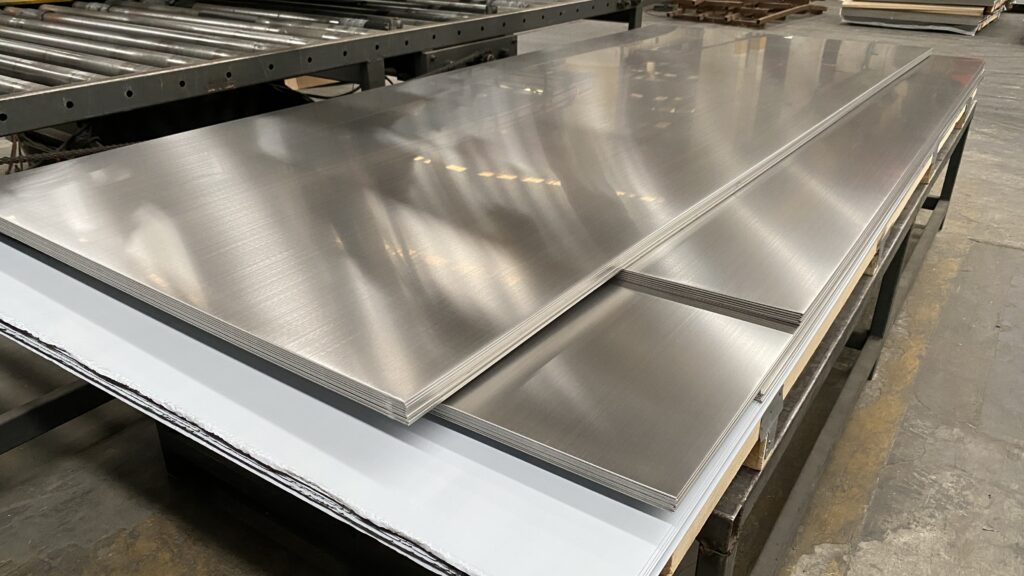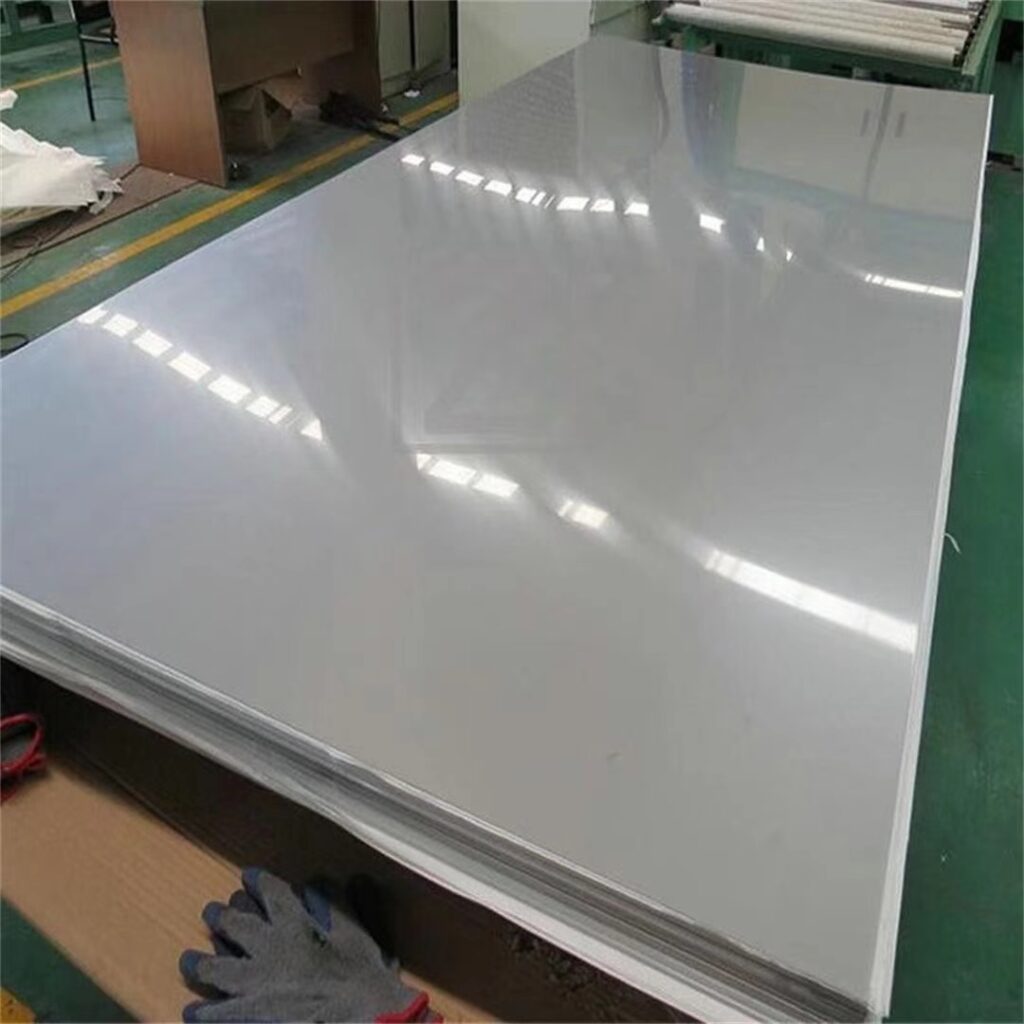Welcome to My Blog!
Before we dive into the content, I’d love for you to join me on my social media platforms where I share more insights, engage with the community, and post updates. Here’s how you can connect with me:
Facebook:https://www.facebook.com/profile.php?id=100090063158454
Now, let’s get started on our journey together. I hope you find the content here insightful, engaging, and valuable.

Introduction
316 stainless steel is widely recognized for its impressive resistance to corrosion and high durability. One of the most significant characteristics of 316 stainless steel that makes it so popular in various industries is its hardness. In this article, we delve into the fundamentals of 316 stainless steel hardness, covering its composition, properties, testing methods, hardness levels, and factors that impact its applications. By understanding 316 stainless steel hardness levels, engineers, manufacturers, and material scientists can make more informed decisions in choosing the best materials for their projects.
What is 316 Stainless Steel?
316 stainless steel is an austenitic chromium-nickel stainless steel that contains 2-3% molybdenum, enhancing its corrosion resistance, especially against chlorides and industrial chemicals. While its corrosion-resistant properties are well-known, the hardness of 316 stainless steel also makes it an essential choice for applications that require durability and strength. Below is a quick overview of the general composition of 316 stainless steel:
| Element | Typical Composition (%) |
|---|---|
| Chromium | 16-18 |
| Nickel | 10-14 |
| Molybdenum | 2-3 |
| Carbon | ≤ 0.08 |
| Manganese | ≤ 2 |
| Silicon | ≤ 1 |
| Phosphorus | ≤ 0.045 |
| Sulfur | ≤ 0.03 |
This unique composition, combined with its hardness, allows 316 stainless steel to perform exceptionally well in harsh environments.
What Does Hardness Mean in Stainless Steel?
In metallurgy, hardness refers to a material’s ability to resist deformation, scratching, or indentation. For stainless steel, hardness is a critical factor that determines its strength and wear resistance. 316 stainless steel hardness levels are typically measured on various hardness scales, such as the Rockwell, Brinell, and Vickers scales, each providing a different perspective on material strength.
Hardness Levels by Scale
Here’s an overview of how hardness for 316 stainless steel is typically represented:
| Hardness Scale | Typical Hardness Value for 316 Stainless Steel |
|---|---|
| Rockwell B | 79-95 HRB |
| Brinell | 123-217 HB |
| Vickers | 145-210 HV |
These values may vary slightly depending on treatment methods and manufacturing processes but serve as general guidelines for 316 stainless steel hardness levels.
Factors Affecting 316 Stainless Steel Hardness
Chemical Composition
The elements in 316 stainless steel, especially molybdenum, play a vital role in influencing its hardness. Molybdenum increases hardness and resistance to pitting corrosion, making 316 stainless steel suitable for demanding applications.
Cold Working
Cold working, or strain hardening, can increase the hardness of 316 stainless steel. Through processes like rolling or forging, the steel’s crystal structure changes, which increases its hardness without heat treatment.
Heat Treatment
While 316 stainless steel is not generally hardened by heat treatment, annealing and other controlled cooling methods can influence its overall properties. However, cold working is usually preferred over heat treatment for increasing the hardness of 316 stainless steel.
Testing Methods for 316 Stainless Steel Hardness
The hardness of 316 stainless steel is typically tested using one or more of the following methods:
Rockwell Hardness Test
The Rockwell test measures hardness based on indentation depth under a specific load. For 316 stainless steel, Rockwell B is often used, providing values from 79 to 95 HRB.
Brinell Hardness Test
The Brinell test involves a ball indenter that leaves an impression on the steel surface. The diameter of the indentation is measured, and hardness is calculated accordingly.
Vickers Hardness Test
The Vickers test is similar to the Brinell test but uses a diamond indenter. It is versatile and provides precise hardness measurements, often ranging from 145 to 210 HV for 316 stainless steel.
| Testing Method | Load Range (N) | Typical Hardness Range | Application Suitability |
|---|---|---|---|
| Rockwell B | 100 | 79-95 HRB | Quick field testing |
| Brinell | 500-3000 | 123-217 HB | Lab and production |
| Vickers | 50-1000 | 145-210 HV | Precision engineering |
Applications of 316 Stainless Steel Based on Hardness
Marine and Coastal Equipment
The hardness and corrosion resistance of 316 stainless steel make it ideal for marine applications. From bolts and nuts to marine vessels, 316 stainless steel is known for its durability.
Food Processing Equipment
The hardness levels of 316 stainless steel contribute to its long lifespan, even in environments exposed to moisture, acids, and salts, commonly encountered in food processing.
Medical Devices
316 stainless steel is biocompatible, making it a preferred choice for surgical instruments and implants. The hardness of 316 stainless steel ensures longevity and resistance to deformation.
Chemical Processing
In the chemical industry, 316 stainless steel hardness levels provide the durability needed to withstand high-pressure environments and exposure to corrosive substances.
Advantages of 316 Stainless Steel Hardness
316 stainless steel hardness offers several benefits that make it desirable across multiple industries:
- Improved Wear Resistance: Higher hardness levels contribute to better wear resistance, enhancing the steel’s lifespan.
- Corrosion Resistance: Hardness combined with corrosion resistance makes 316 stainless steel an exceptional material.
- Flexibility in Cold Working: 316 stainless steel can be strengthened through cold working without compromising ductility.
- Enhanced Mechanical Performance: The combination of hardness and strength is suitable for mechanical applications under stress.
Frequently Asked Questions (FAQ)
Q1: Can 316 stainless steel hardness be increased by heat treatment?
No, 316 stainless steel cannot be hardened by heat treatment. However, its hardness can be improved by cold working.
Q2: What is the typical Rockwell hardness of 316 stainless steel?
316 stainless steel typically ranges between 79 and 95 on the Rockwell B scale.
Q3: How does 316 stainless steel hardness compare to 304 stainless steel?
316 stainless steel is similar to 304 in terms of hardness; however, 316 has slightly higher hardness levels and better corrosion resistance due to its molybdenum content.
Q4: Is 316 stainless steel hardness suitable for surgical tools?
Yes, the hardness and corrosion resistance make it ideal for medical and surgical instruments.

Conclusion
Understanding 316 stainless steel hardness is essential for choosing the right material for specific industrial applications. With its unique composition and ability to withstand challenging environments, 316 stainless steel is versatile and durable. The combination of corrosion resistance, hardness, and biocompatibility makes it a popular choice in marine, medical, and food processing industries. By knowing the factors that affect 316 stainless steel hardness and how to test it accurately, engineers and manufacturers can ensure optimal performance in demanding applications.
By providing an in-depth understanding of 316 stainless steel hardness, this guide offers insights into the practical uses and benefits of this robust material across various industries.
